
Middle East Steel Market Trends 2025: Navigating Green Steel and Trade
The Middle East steel market is undergoing a transformative phase, driven by decarbonization and shifting global trade flows. Fastmarkets’ Middle East Iron and Steel (MEIS) 2025 Conference highlights key trends affecting producers, suppliers, and investors. Industry leaders expect discussions on green steel, hydrogen adoption, and regulatory changes to dominate the agenda.
Steelmakers in the MENA region increasingly focus on carbon emissions reduction. Emirates Steel and Vulcan Green Steel are implementing green hydrogen projects, while Tosyali and LISCO are developing DRI/HBI plants with lower CO2 emissions. These innovations position the region as a future supplier of low-carbon steel products for global markets.
Meanwhile, global trade dynamics are reshaping the region’s steel landscape. China redirects exports to the Middle East and Africa amid anti-dumping duties, while EU regulations like CBAM introduce both challenges and opportunities. Turkey’s new DIR rules and rising scrap demand further influence production and import strategies.
Decarbonization and Green Steel: MENA Leading the Shift
MENA steel producers pursue decarbonization through hydrogen-based DRI and renewable-powered operations. Emirates Steel’s e-PGH pilot in Abu Dhabi tests electric heating for direct-reduced iron. Oman’s Vulcan Green Steel aims to produce five million tonnes of green steel annually, reducing CO2 emissions by 85%. These efforts highlight the region’s commitment to sustainable steel production.
The conference also emphasizes green steel certification, technology adoption, and modular expansions. Industry experts expect DRI/HBI capacity growth, driven by rising steel demand and pellet supply challenges. Collectively, these trends enhance the competitiveness of MENA producers in international markets.
Trade Shifts and Scrap Supply: Opportunities and Risks
Trade regulations in Europe and Turkey affect the flow of steel into the MENA region. CBAM, EU safeguard measures, and anti-dumping duties may limit imports, while Middle Eastern mills benefit from lower carbon intensity. Scrap availability is critical, as regions like Egypt, Morocco, and Saudi Arabia face tight supply and rising import demand.
China’s export realignment toward the Middle East adds further complexity. As global steel demand grows, the region must balance DRI production, scrap imports, and raw material sourcing. Panels at MEIS 2025 will explore these dynamics, providing insights into trade strategies and sustainable supply chains.
SuperMetalPrice Commentary:
The Middle East steel industry is entering a pivotal era, balancing decarbonization, trade shifts, and technology adoption. Green steel initiatives and strategic use of scrap and DRI capacity will define market competitiveness. Investors should monitor policy changes, hydrogen projects, and trade flow adjustments for long-term opportunities.


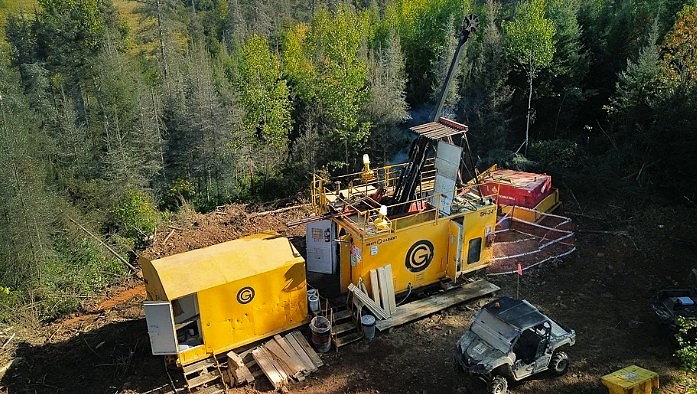


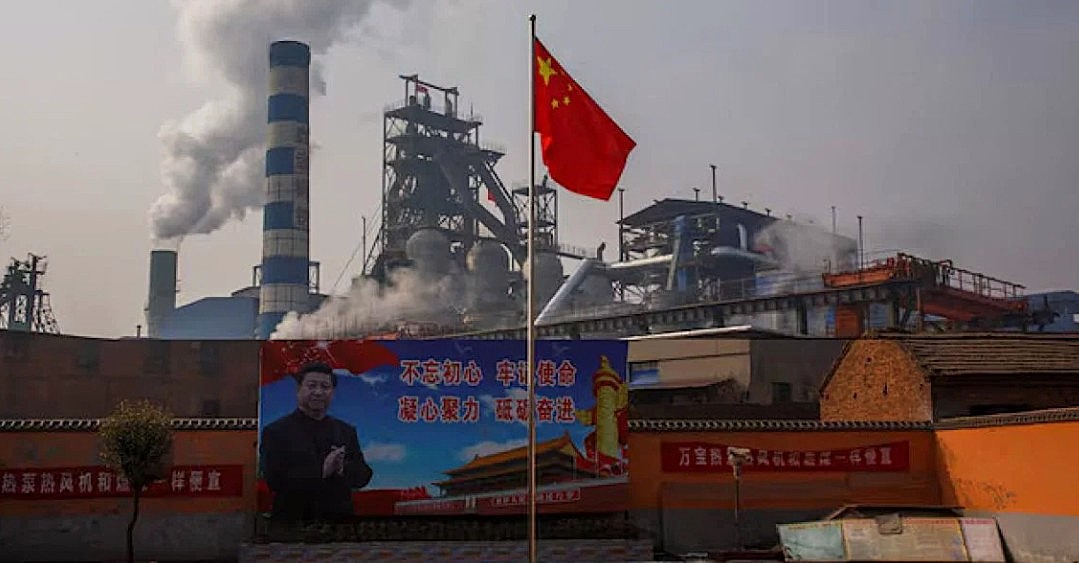

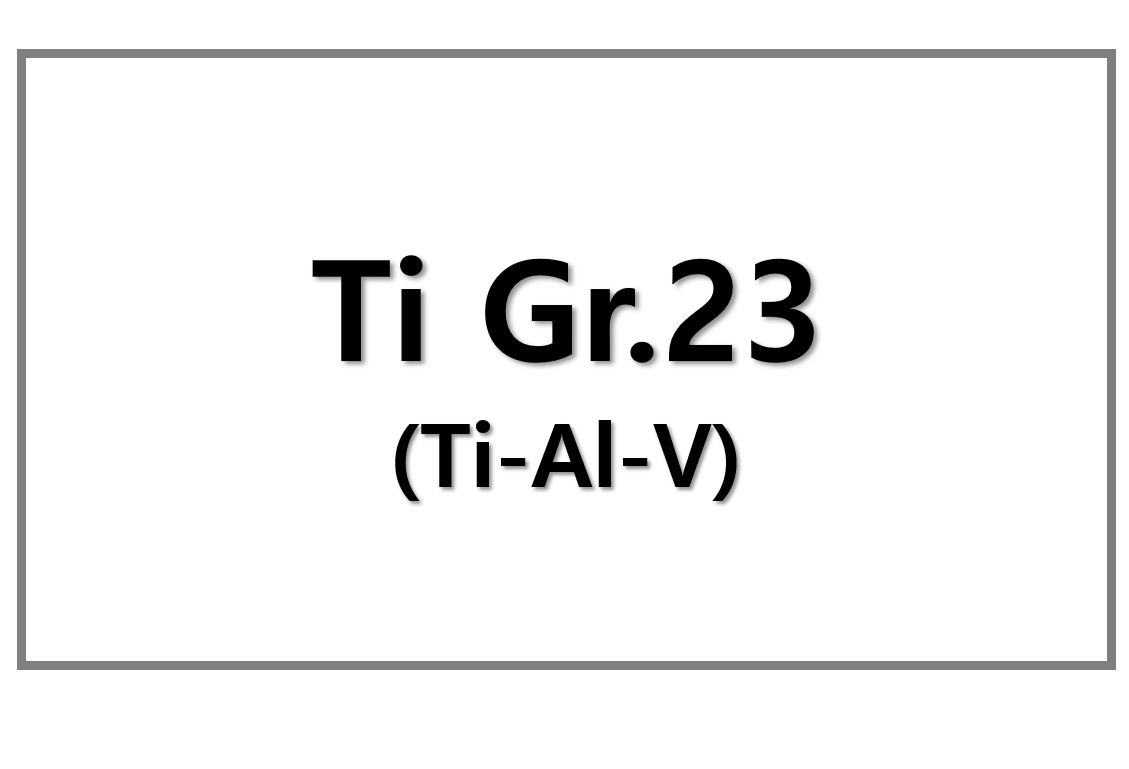
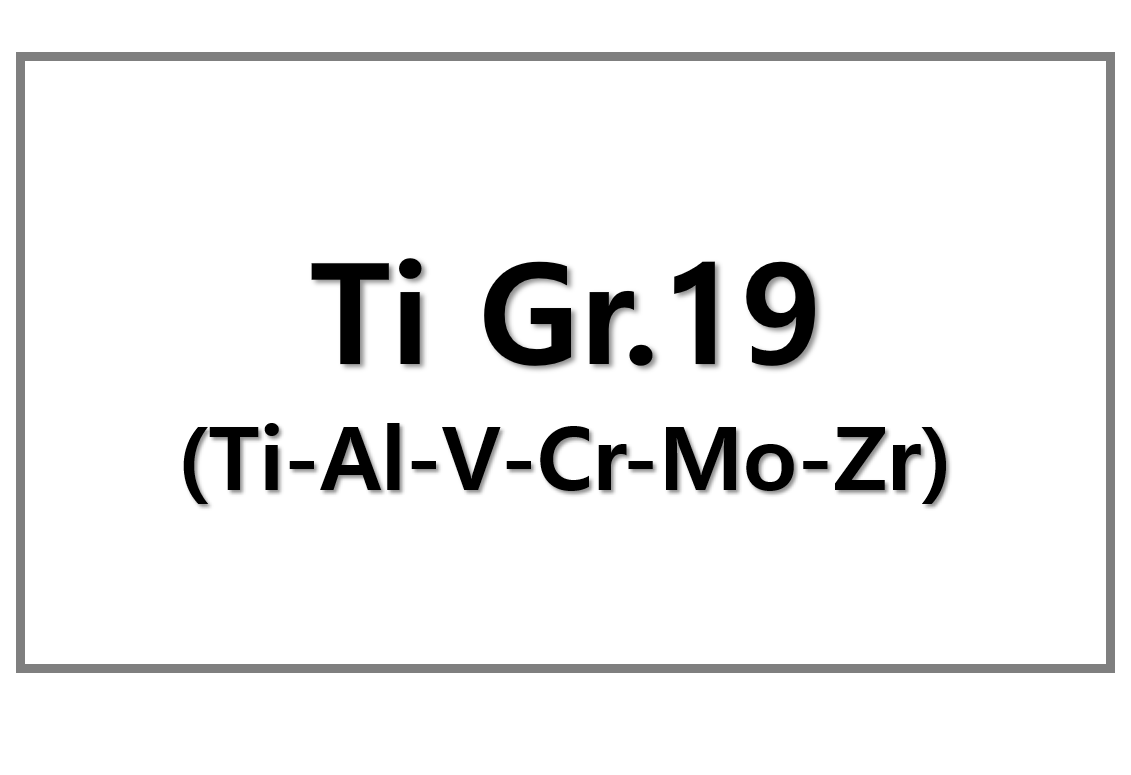
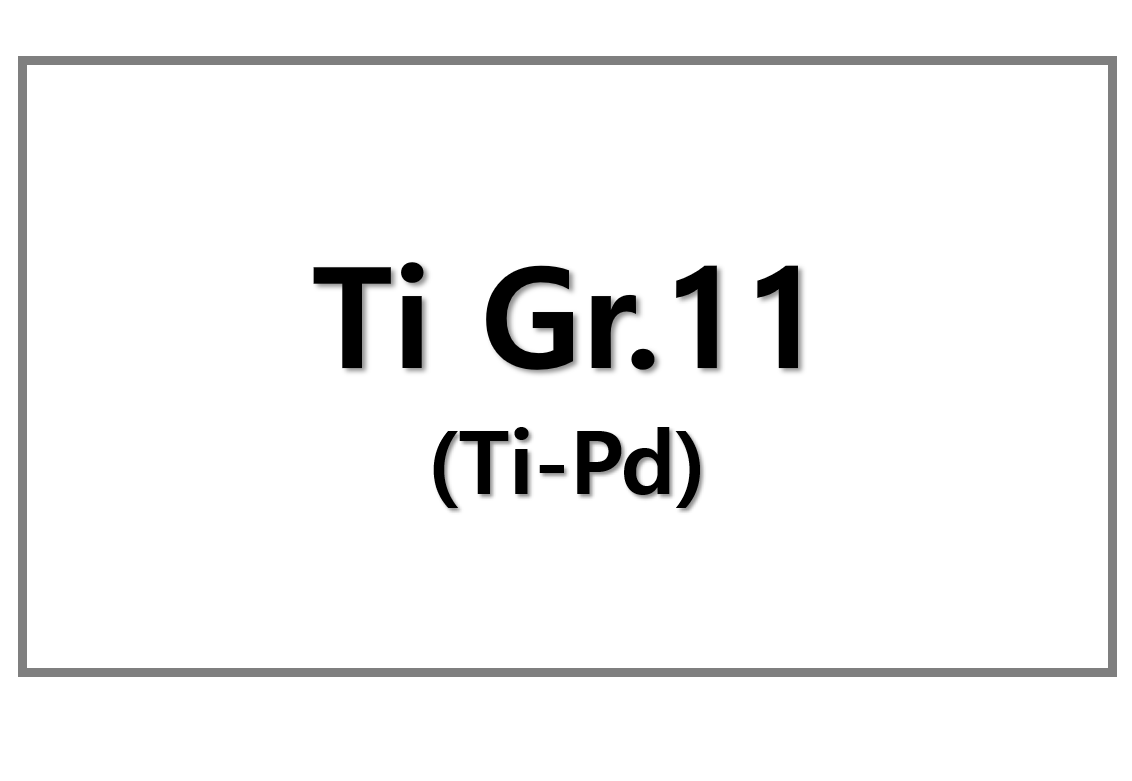

Leave a Reply
You must be logged in to post a comment.